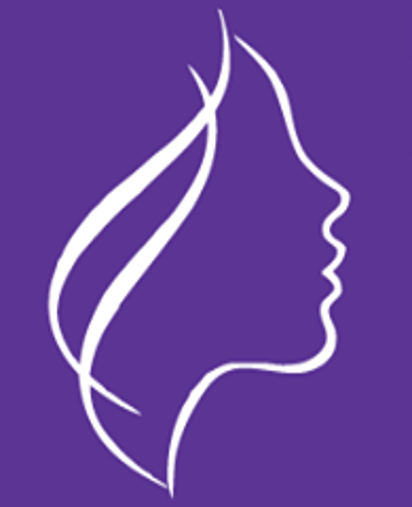As technology matches on, we are leaving behind people who cannot access or use it for one reason or other. This unfortunate situation became even more pronounced in the heat of the pandemic when just about everything went digital and will remain so going forward because technology is not slowing down any time soon. Education, commerce, office work, entertainment, banking, and Government services all spiked in terms of use. Granted, there was already an element of digital in all these even before the pandemic but there was a much greater shift as movement restrictions took hold.
This is the shift that abled people were able to hop onto easily, while people living with disabilities struggled or were completely left out. In short, we have a huge ICT accessibility shortfall that needs to be addressed. Today I have had the honour of being at an event to launch standards for the streamlining of accessibility in the technology industry.
This is the first-ever national ICT Accessibility Standard development process in Africa and the launch is being spearheaded by inABLE in partnership with the Kenya Bureau of Standards (KEBS). There are other stakeholders as well, including Communication Authority, National Council of People with Disabilities in Kenya (NCPWD), ICT Authority and individual experts with lived experiences. When implemented in April next year after public participation, these standards will greatly improve accessibility for all and change the entire digital sector.
I was at the launch courtesy of inABLE, a nonprofit organization founded 13 years ago by Irene Mbari to empower blind people by making assistive technologies available to them, and by teaching blind children how to use technology. The organization is registered in Kenya and Washington DC. KEBS is part of the standards as a valuable partner, being the body that is mandated to regulate products and services in the country.
“Digital standards play a critical role in ensuring that accessibility challenges are addressed in a wide range of disabilities, including visual, auditory, physical, speech, cognitive, language, learning, and neurological disabilities.”Bernard Njiraini – KEBS Managing Director, Lt Col (Rtd.
To show how people living with visual disabilities are cut out from day-to-day life by technology, let’s have a look at mobile money, banking, and taxation as examples.
Taxation
Those of us who access the iTax platform for taxation services can see how the log in process could be impossible for a visually challenged person. One, the PIN number is long and bears a combination of digits and letters. Furthermore, the process involves a numeric anti bot computation test which a blind person cannot see. The taxman does not have a provision for the blind to access the platform, and neither does he have any redress if a blind person is slapped with penalties for failing to file their returns.
Mobile money and banking
Only about 30% of people living with visual disabilities are able to use mobile money services. That is already bad enough because money is such a central part of everyday life that everyone should have access to. Then, even the 30% still need external help. Money and finances are generally a private affair, and yet people seeking help would have to expose them to a good extent. This could go either way depending on the person they are seeking help from. It also means that they cannot access their money any time they need to because they have to look for assistance first.
Almost every bank has a digital interface now, mostly but not limited to smartphones. The same set of problems that come with mobile money for the visually challenged also apply to banking and both point to lack of accessibility.
The standards national ICT Accessibility standards will ensure that Persons With Disabilities (PWD’s) and older persons who had been disconnected from most e- government services as well as digital platforms due to various challenges have equal access to Public and Private sector digital products and services. This includes websites and mobile applications among others.


